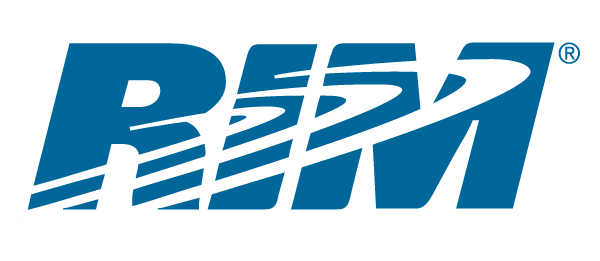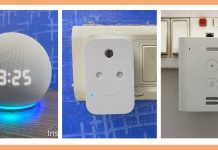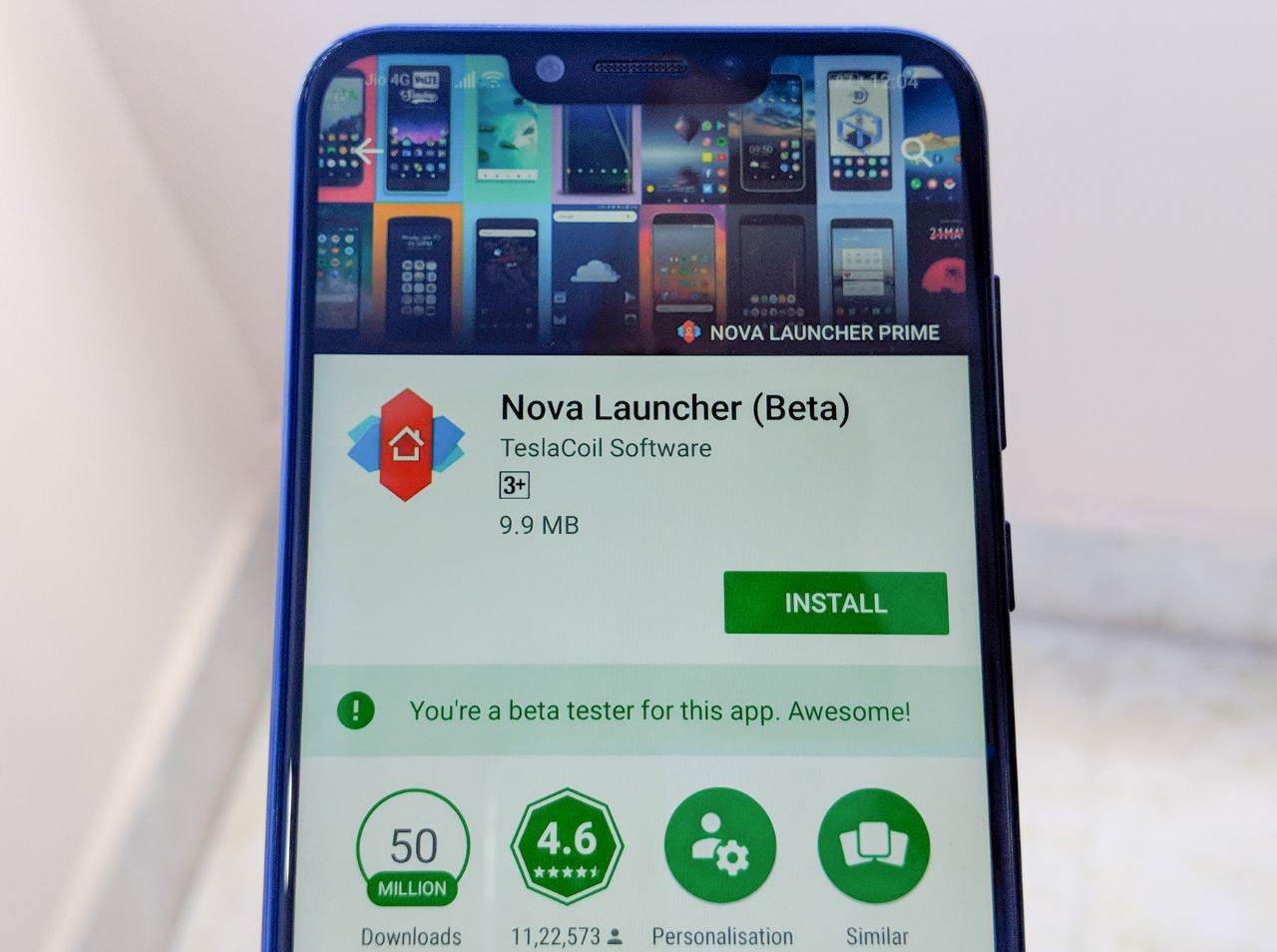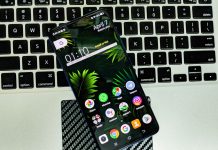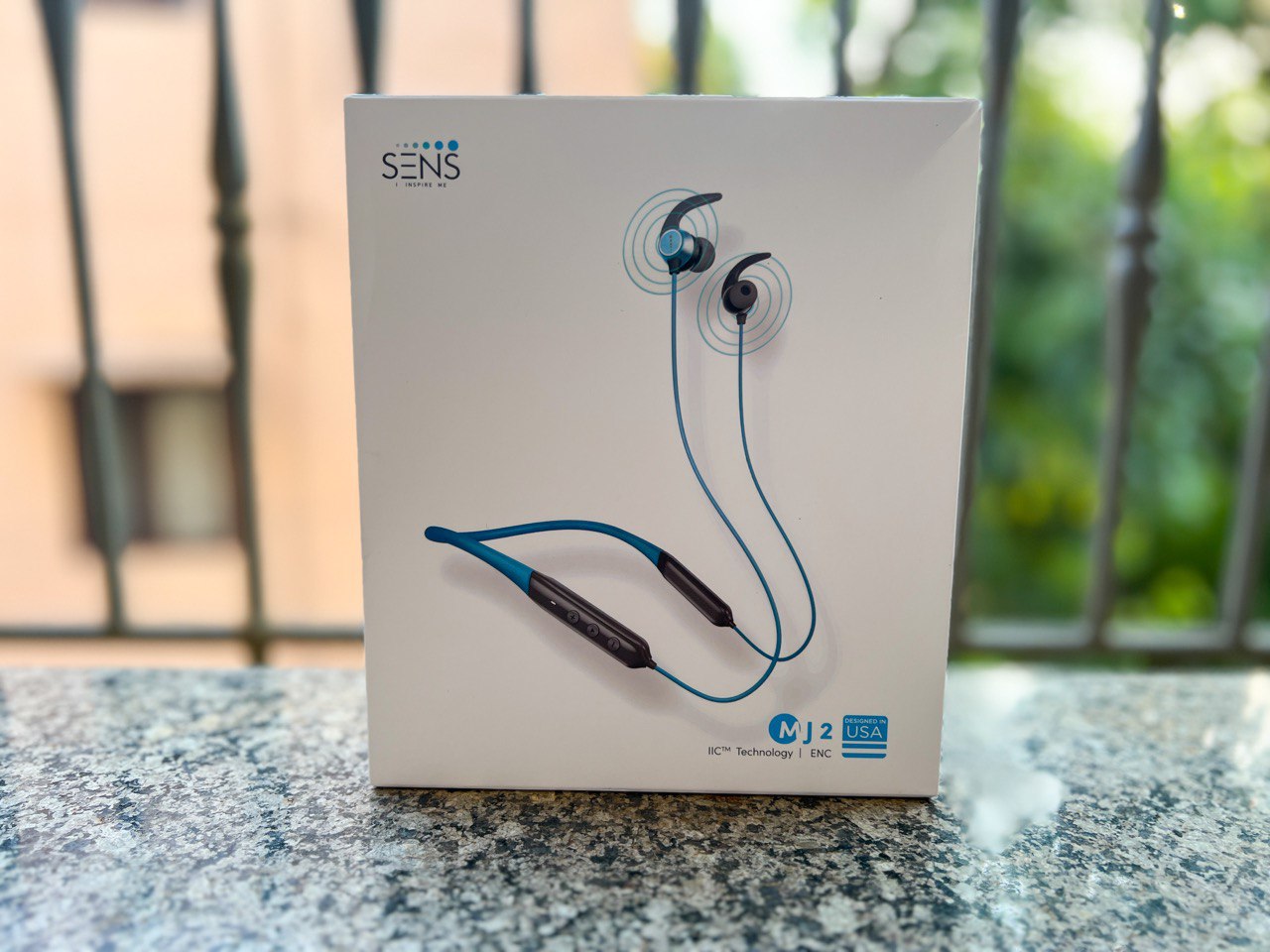Last week Research in Motion announced that BlackBerry 10 devices would use 1280×720 pixel displays with a 16:9 ratio instead of 1280×768 pixel displays with 16:10 ratios. It may have been one of their best decisions yet.
Developers that have been developing on the BlackBerry 10 Dev Alpha devices, which still use the 1280×768 pixel resolution, weren’t too happy, but quickly accepted their fate and moved on. Some did criticise the decision though because the displays would be a tad bit smaller.
Video
It’s all about the ratio these days, 16:9 has taken over the reign from 16:10 for quite some time now and is the preferred choice when it comes to high definition video. 720p and 1080p HD movies and videos are considered the norm and both use the 16:9 ratio, making scaling pretty darn easy. Pretty much anyone would get seriously agitated by the black lines above and below the screen if a different ratio is used.
Images
As 16:9 is considered the norm, most images are in that ratio. All of those awesome pictures you’ve downloaded over time will be in 16:9. Photos are taken in either 16:9 or 4:3 ratios, with 16:9 being the favourite. Scaling down your photos will be pretty easy yet again. No one wants to stretch their images or have certain parts cut off, so, 1280×720 is a preferred choice yet again.
Developers
It’s no secret that a lot of Android and Qt developers develop in 16:9 ratios, thus scaling would be pretty easy, and porting their applications wouldn’t be such a big hassle. Studies have also shown that both users and developers prefer that their games be in 16:9. 1280×720 is a favoured resolution with some of the latest Android smartphones and existing tablets, it’s already established, meaning there’s no need to adjust it in anyway.
Output
These days, almost every screen and projector on the market and the stand uses the 16:9 screen ratio, thus your device’s output won’t have to be scaled to fit, it will immediately be perfectly preportional. All your videos, images, documents, games and everything you want to view on an external screen will be without those pesky black bars that usually take up some valuable screen real estate.
Use
A narrower screen means that you won’t need to stretch your fingers much further than necessary, pretty much the same reason Apple’s iPhone’s screens have remained so small up until now. A narrower screen also means the body would be narrower too, meaning it will be more comfortable to hold as well. Although only marginally smaller, less pixels mean less power usage, meaning the device is more power efficient and battery life will be advantaged.
Other Devices
It’s nothing new that BlackBerry 10 devices will have two different screen resolutions. Except for the much touted 1280×720 resolution, the other will be for touch and type devices, the strange 720×720. If 1280×768 were kept, cropping would need to be done both vertically and horizontally, with 1280×720 it would only need to be vertically adapted. Cut off 560 pixels from the top and you’re set, seems easy enough to me.
720p was chosen for a reason. The reason seems to be clear as daylight; to fit in with the rest. After all Apple is going 16:9 with the new iPhone. RIM may have made one of the most important moves for BlackBerry 10 and they chose right.


